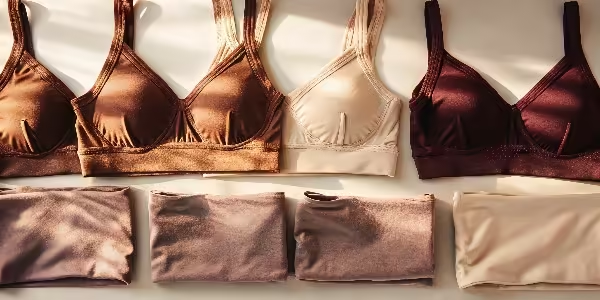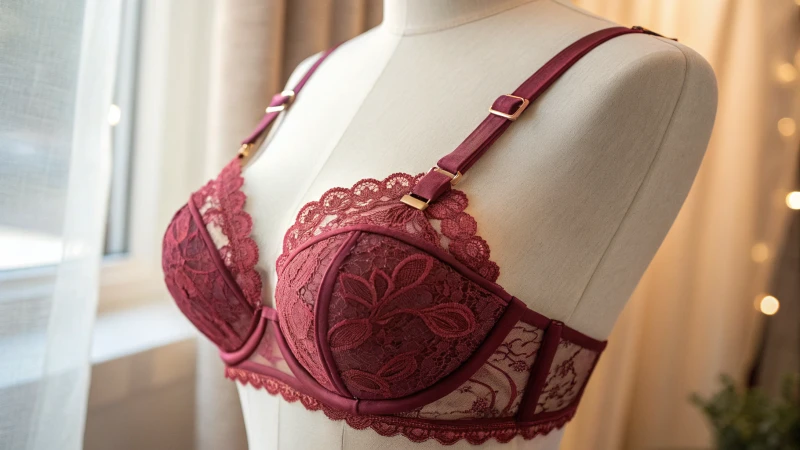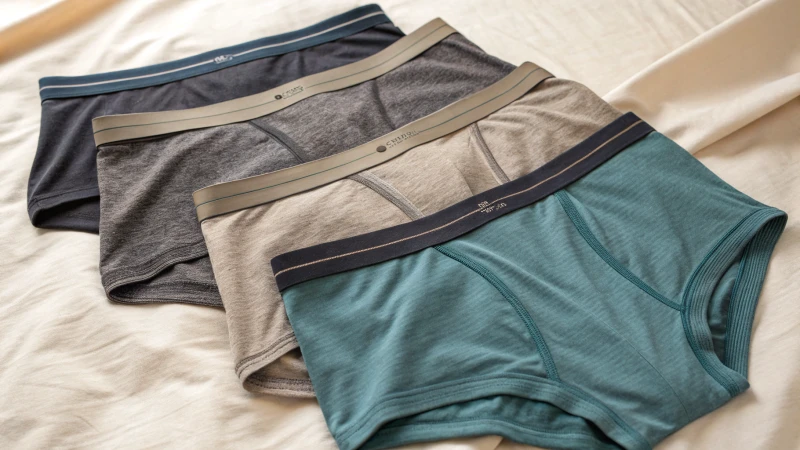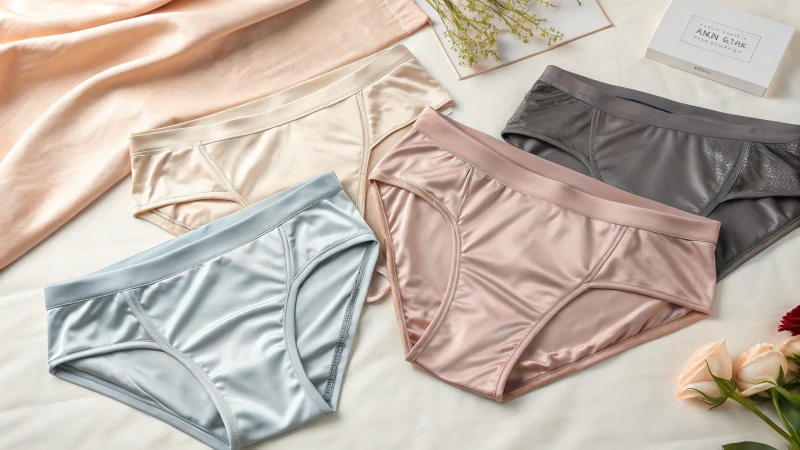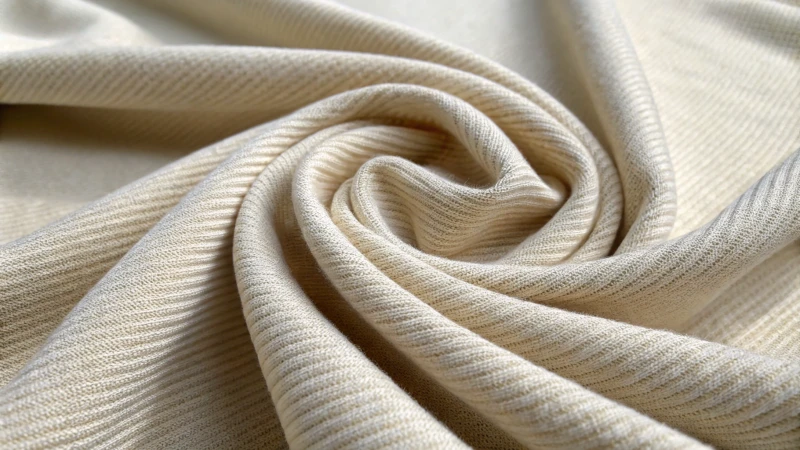
As someone who's spent countless hours wrestling with fabric swatches, I know the dance between stretch and durability is a delicate one.
Balancing fabric stretch and durability for maximum comfort involves choosing quality materials like cotton blends with spandex and reinforcing key areas with durable stitching. This ensures garments retain their shape, support movement, and offer lasting wear, making them both comfortable and long-lasting.
I remember the first time I tried to create the perfect pair of leggings. It was like trying to find the sweet spot between a firm hug and an embrace that lets you breathe. The secret lay in the materials—like a cotton blend with a hint of spandex that felt both snug and liberating. Adding durable stitching in crucial spots, like the waist and seams, was my game-changer. This approach didn't just extend the life of the leggings; it transformed them into a staple that felt just right every time I wore them. Understanding how these elements work together in harmony made all the difference in creating pieces that not only last but also feel incredible to wear.
Cotton blends with spandex enhance both comfort and durability.True
Cotton blends with spandex provide stretch and maintain shape, ensuring comfort.
Micro-modal fabrics are less durable than pure cotton fabrics.False
Micro-modal is known for its softness and durability, often outlasting cotton.
How Does Fabric Composition Affect Comfort?
Have you ever slipped on a shirt and instantly felt that 'ahh' of comfort? That might be the magic of fabric composition at work.
Fabric composition is a game-changer for comfort, affecting how soft, breathable, and moisture-wicking your clothes feel. Picking the right blend, like cotton with a hint of spandex, boosts both coziness and practicality in what you wear.
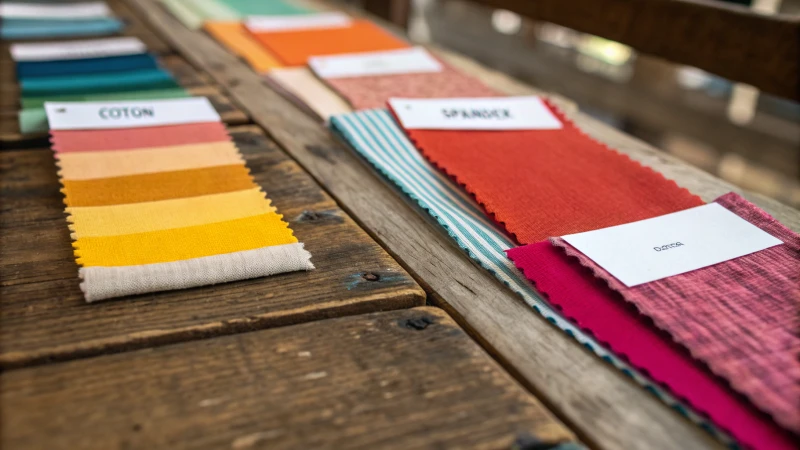
Understanding Fabric Types and Their Properties
I remember the first time I really thought about the fabrics in my clothes. It was one of those unbearably hot summer days, and my cotton t-shirt was the only thing keeping me from melting into a puddle. That's when I realized how much breathability1 matters. Cotton, being a natural fiber, absorbs moisture well and keeps you cool. But on the flip side, I've also come to appreciate polyester during my outdoor adventures—it's durable and holds its shape, which means I don’t have to worry about it looking worn out too soon.
| Fabric Type | Key Properties |
|---|---|
| Cotton | Soft, breathable |
| Polyester | Durable, moisture-wicking |
| Wool | Insulating, moisture-resistant |
| Silk | Luxuriously soft, hypoallergenic |
The Importance of Stretch and Flexibility
Stretch is something I've learned to value, especially after trying to squeeze into jeans that had zero give. I've found that a touch of spandex in the mix makes all the difference. It lets the fabric flex with my movements—whether I'm rushing to catch a bus or just lounging on the couch. Yet, too much stretch can be a double-edged sword; it might lose its shape after too many wears. So, I've discovered that cotton blends2 with just a bit of spandex are perfect for keeping both comfort and longevity in check.
Impact of Moisture Management
There was this one time I went for a run wearing a plain cotton tee. Big mistake! I ended up soaked and sticky. Since then, I've turned to fabrics designed for moisture-wicking3 during workouts. Fabrics like micro-modal or performance blends keep me dry by whisking sweat away and drying quickly. It's like wearing a personal air conditioner that prevents that uncomfortable dampness from setting in.
By diving into these fabric details, I've become better at picking clothes that match my comfort needs. Whether I'm dressing for a lazy day at home or gearing up for an active outing, knowing what makes each fabric tick helps me make smarter choices.
Cotton is less breathable than polyester.False
Cotton is more breathable than polyester, making it ideal for warm climates.
Spandex enhances garment flexibility.True
Spandex provides stretch, allowing garments to move with the body efficiently.
How Do Different Weaves Impact Durability?
Have you ever wondered why some clothes last longer than others, even when they're worn just as often?
Different weaves impact fabric durability by altering strength and flexibility. Tight weaves like twill enhance durability, while looser weaves offer more breathability but may wear out faster. Choosing the right weave depends on the intended use of the fabric.
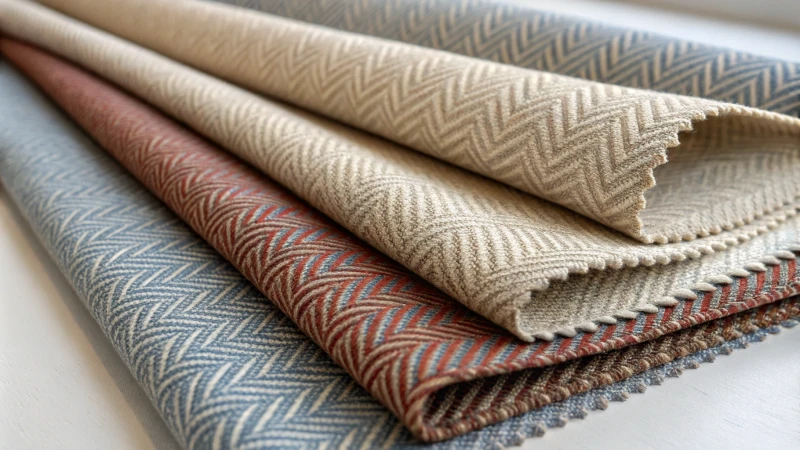
I remember the day I realized not all fabrics are created equal. I was going through my wardrobe, pulling out my favorite jeans and comparing them to a blouse that seemed to wear out after just a few washes. That was my first real insight into the world of fabric weaves and their incredible impact on durability.
Understanding Weave Types
Various weaving techniques contribute differently to the durability of a fabric. Here are some of the most common types:
| Weave Type | Characteristics | Durability Impact |
|---|---|---|
| Plain Weave | Simple criss-cross pattern | Moderate durability, versatile |
| Twill | Diagonal rib pattern | High durability, resists wear |
| Satin | Smooth surface, fewer interlaces | Lower durability, prone to snags |
The Strength of Twill Weaves
Twill weaves have become my go-to when I need something that can stand the test of time. The tight diagonal pattern not only looks great but also means these fabrics can take a beating, which is why they’re often found in jeans and workwear. I’ve noticed that no matter how often I wear my twill jeans, they seem to hold up without showing much wear.
Plain Weave: Versatility with Moderation
The plain weave might remind you of your favorite comfy shirt. It’s simple yet effective—a reliable choice for everyday clothing. While it may not have the hardcore durability of twill, it offers an excellent balance between strength and breathability4. Perfect for those casual outings or a day at the office.
The Elegance and Fragility of Satin Weaves
Satin weaves bring a touch of elegance to any garment. I remember wearing a satin dress to a family wedding and feeling like a million bucks. However, I've learned to be careful, as these weaves can be a bit more delicate, making them more suited for special occasions rather than daily wear.
Practical Applications in Fabric Choice
Choosing the right weave type involves considering both the purpose of the fabric and the environment it will be used in. For outdoor apparel, a twill weave might offer the necessary resilience against rough conditions, while a satin weave could be reserved for luxurious indoor wear.
Understanding these differences is crucial for both manufacturers and consumers in selecting materials that balance aesthetics and functionality5. Whether you're making your next purchase or embarking on a sewing project, knowing your weaves can make all the difference in how long your clothes will last.
Twill weaves are more durable than plain weaves.True
Twill's diagonal pattern distributes stress evenly, enhancing durability.
Satin weaves are ideal for workwear due to durability.False
Satin is prone to snags and wear, unsuitable for durable workwear.
Why is stitching important in reinforcing stretch fabrics?
Ever tried sewing stretch fabrics only to end up with a tangled mess of thread? You’re not alone!
The right stitching techniques are vital for reinforcing stretch fabrics, ensuring they retain elasticity and shape. Using stitches like zigzag and overlock allows fabrics to stretch without breaking, boosting durability.
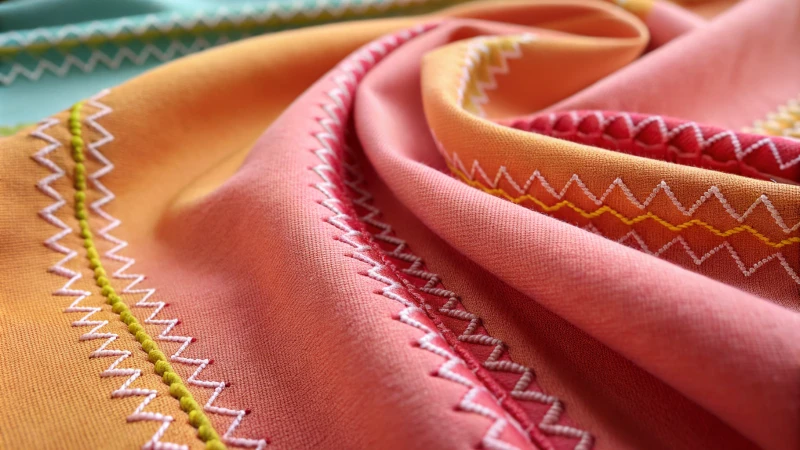
Understanding Stretch Fabrics
Ah, stretch fabrics—my eternal sewing nemesis and love. I remember the first time I attempted to sew with spandex; the fabric kept slipping and sliding like a mischievous cat. Stretch fabrics like spandex or elastane blends are designed for flexibility and comfort, making them ideal for items like activewear or swimwear. These materials hug your body like a second skin, but their stretchiness can be their downfall when they start losing shape over time. That's where proper stitching6 becomes a lifesaver.
Choosing the Right Stitch
Choosing the right stitch for stretch fabrics feels like picking the right pair of shoes for a long walk—it makes all the difference. I’ve learned that a zigzag stitch is my best friend here. It’s forgiving, allowing the fabric to flex without snapping the thread. The overlock stitch is another hero in my sewing toolkit, neatly finishing edges while fortifying them.
| Stitch Type | Benefits |
|---|---|
| Zigzag | Flexibility, allows fabric expansion |
| Overlock | Strong edge reinforcement, prevents fraying |
Sewing Machine Settings
To avoid pulling my hair out in frustration, I tweak my sewing machine's settings when working with stretch fabrics. A ballpoint needle is essential—it slides between fibers rather than stabbing them, which means less damage and more happy dances from me. Adjusting the tension settings also helps prevent annoying puckering or warping. Playing around with stitch length until it complements the fabric’s stretch has been a game-changer for me.
Preventing Common Issues
Stretch fabrics can feel like wrestling with an octopus on a slippery surface. To dodge common pitfalls like puckering or uneven seams, I've found that using a walking foot is a game-changer. It feeds fabric through evenly, reducing distortion. Additionally, incorporating a reinforcement method7 such as clear elastic in seams or adding interfacing in stress-prone areas keeps everything in shape and enhances durability.
Practical Applications
If you're new to sewing stretch fabrics, don't dive into making a ball gown just yet. Starting with simple projects like headbands or leggings is a great way to get your feet wet—or rather, your fingers sewing. Once you’re comfortable, tackling more complex items like swimsuits or yoga pants becomes less daunting.
Using these specialized stitching techniques has transformed my sewing adventures from frustrating to fulfilling, making my stretch fabric creations not only more durable but also more aesthetically pleasing and functional.
Zigzag stitch is best for reinforcing stretch fabrics.True
Zigzag stitches allow fabric expansion without thread breaking.
Ballpoint needles damage stretch fabric fibers.False
Ballpoint needles slide between fibers, reducing damage.
How Can I Keep My Clothes Stretchy Over Time?
Ever had that moment when your favorite stretchy jeans just don’t fit the same? Yeah, me too! Let's dive into how to keep those fabrics fabulous and elastic.
To keep fabric elasticity intact, I wash my clothes in cold water, avoid hot drying cycles, and store them carefully. Using gentle detergents and keeping them out of direct sunlight also helps maintain their stretch.
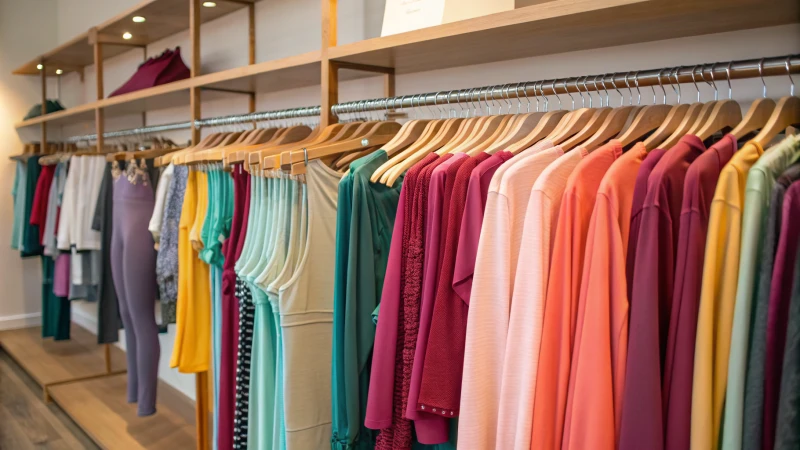
Understanding Fabric Elasticity
Elasticity in fabric is like that reliable friend who always has your back—it's usually thanks to materials like spandex or elastane. These fibers give garments that wonderful ability to hug your body just right. But, as with any good thing, time can take its toll due to various factors8.
Washing Techniques
One day, I realized my favorite leggings were losing their magic. That's when I learned the trick:
- Cold Water: It's a lifesaver! Washing elastic clothes in cold water keeps those fibers happy and stretchy.
- Gentle Detergents: Think of it like being gentle with a good friend—harsh chemicals can really wear down the elasticity.
| Washing Method | Temperature | Detergent Type |
|---|---|---|
| Hand Wash | Cold | Mild |
| Machine Wash | Cold Cycle | Gentle |
Drying Practices
My trusty tumble dryer was another culprit. High heat is a no-go if you want to avoid shrinkage disasters:
- Air drying is best. But when I'm in a hurry, I opt for the lowest heat setting on the dryer.
Storage Solutions
Finding a place for my clothes can be tricky, but I've learned:
- Flat Storage: Keeps stretchy fabrics from getting stretched out when hanging.
- Sunlight Exposure: I try to keep my favorites out of direct sunlight since UV rays can zap elasticity.
Additional Care Tips
Now, here’s a gem: adding a splash of vinegar to the rinse cycle. It's like giving my clothes a spa day—softening them naturally without any harm. Check out more fabric care tips9 if you're curious!
By sticking to these practices, I've managed to keep my wardrobe feeling fresh and fitting well. It’s all about nurturing that balance of comfort and longevity10.
Cold water preserves fabric elasticity.True
Cold water prevents the breakdown of elastic fibers, maintaining stretch.
Direct sunlight enhances fabric elasticity.False
UV rays from sunlight can deteriorate elastic fibers, reducing elasticity.
Conclusion
Balancing fabric stretch and durability is essential for comfort. Quality materials, like cotton blends with spandex, and reinforced stitching ensure garments retain shape while providing flexibility and lasting wear.
Discover why breathable fabrics like cotton enhance comfort in hot climates by allowing better air circulation and moisture absorption. ↩
Explore how cotton spandex blends offer a combination of softness and flexibility without sacrificing durability. ↩
Learn how moisture-wicking fabrics keep you dry by efficiently managing sweat during physical activities. ↩
Explore why plain weave offers versatility and moderate strength, suitable for many everyday garments. ↩
Find out how different weaves influence the balance between look and longevity in fabrics. ↩
Explore different stitching techniques that enhance fabric elasticity and durability. ↩
Learn how reinforcement methods prevent stretch fabrics from losing shape and enhance longevity. ↩
Understanding these factors helps in adopting preventive measures to maintain elasticity effectively. ↩
Discover how vinegar acts as a natural softener that preserves fabric stretch without harmful chemicals. ↩
Learn why preserving elasticity is essential for garment durability and wearer comfort. ↩

